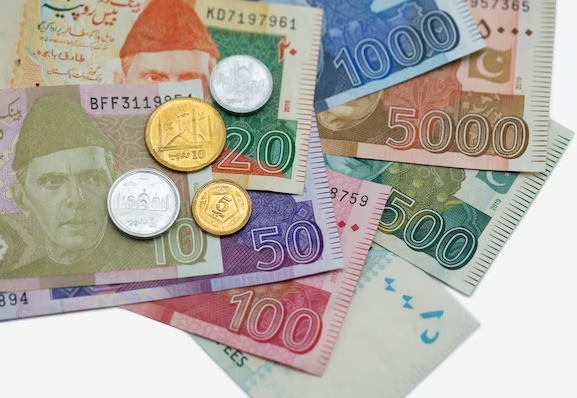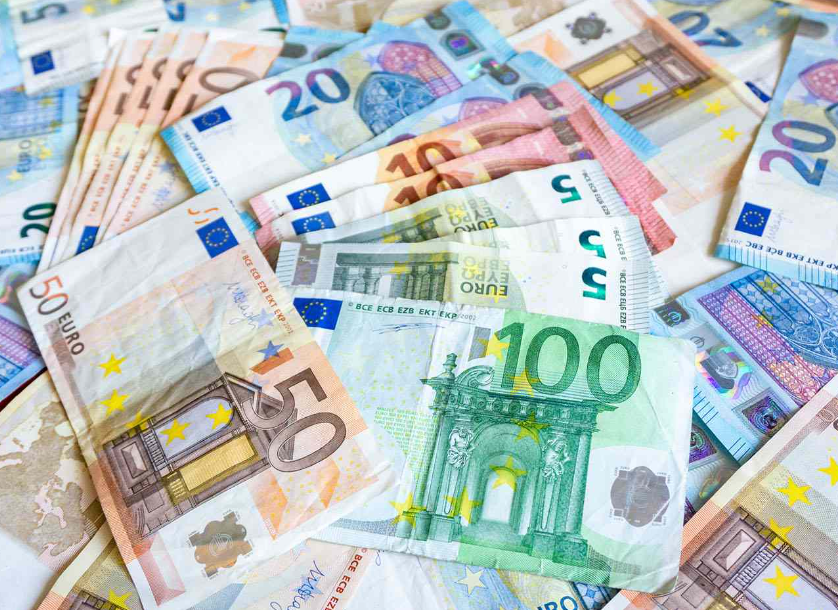Let’s talk about Colombia National Currency. Colombia, a vibrant country located in South America, boasts a rich history, diverse culture, and a thriving economy. At the heart of its economic system lies the Colombian Peso, the national currency. In this article, we will explore the Colombian Peso in detail, examining its history, design, value, and importance.
History of the Colombia National Currency
The Colombian Peso has a fascinating history that dates back to the early 19th century. Its origin can be traced to the Spanish colonial era when Colombia was under Spanish rule. Initially, the currency was known as the Colombian real, but in 1837, it transitioned to the Colombian Peso. Since then, the Colombian Peso has evolved, adapting to various economic and political changes throughout the nation’s history.
Design and Features of the Colombian Peso
The Colombian Peso features a distinct design that represents Colombia’s rich heritage and natural beauty. The currency showcases notable figures from Colombian history, landmarks, and iconic symbols. The banknotes are carefully crafted with intricate security features to prevent counterfeiting, ensuring the integrity of the currency.
Value and Exchange Rates of the Colombian Peso
The value of the Colombian Peso fluctuates in response to several factors, including economic performance, inflation, and international market conditions. The exchange rates determine the value of the Colombian Peso in relation to other currencies, impacting international trade, tourism, and foreign investments in Colombia. Monitoring and analyzing these rates is crucial for businesses and individuals engaged in foreign exchange activities.
Importance of the Colombia National Currency
The Colombian Peso plays a vital role in the country’s economy, serving as a medium of exchange for goods and services. It facilitates domestic and international trade, ensuring smooth economic transactions within Colombia and beyond its borders. The stability and credibility of the Colombian Peso are essential for fostering economic growth, attracting investments, and maintaining price stability.
Stability and Performance of the Colombian Peso
Over the years, the Colombian government has implemented various measures to maintain the stability of the Colombian Peso. Central bank policies, such as managing interest rates and intervening in foreign exchange markets, aim to control inflation and ensure a balanced currency market. Despite occasional fluctuations, the Colombian Peso has demonstrated resilience and stability, contributing to the country’s overall economic performance.
Factors Affecting the Colombian Peso
The value of the Colombian Peso is influenced by numerous factors, both internal and external. Domestic economic indicators, political stability, fiscal policies, commodity prices, and global market dynamics all contribute to the currency’s fluctuations. Understanding these factors is crucial for businesses and investors operating in Colombia to mitigate risks and make informed financial decisions.
Government’s Role in Managing the Currency
The Colombian government, through its central bank, the Banco de la República, plays a crucial role in managing the Colombian Peso. It formulates monetary policies, monitors inflation, and implements measures to regulate the currency market. The government’s interventions aim to ensure stability, foster economic growth, and promote investor confidence in the Colombian economy.
Economic Impact of the Colombia National Currency
The Colombian Peso’s performance has a significant impact on the country’s economy. A strong currency can make exports more expensive and potentially harm industries reliant on international trade, while a weak currency can boost exports and attract foreign investments. Balancing the value of the Colombian Peso is essential for maintaining a competitive economy and driving sustainable economic growth.
International Recognition of the Colombia National Currency
The Colombian Peso has gained recognition globally as Colombia’s official currency. It is accepted in international currency exchange markets and can be used for transactions involving Colombia’s trading partners. The currency’s international recognition contributes to Colombia’s integration into the global economy and facilitates international trade and investments.
FAQs
- Can I use US dollars in Colombia?
While some establishments may accept US dollars, it is advisable to use the Colombian Peso for most transactions. Currency exchange services are widely available in Colombia.
- Is it better to exchange currency in Colombia or in my home country?
It is often more convenient and cost-effective to exchange your currency for Colombian Pesos upon arrival in Colombia. Local exchange offices offer competitive rates, and you can avoid additional fees from your home country’s banks.
- Are credit cards widely accepted in Colombia?
Yes, major credit cards such as Visa, Mastercard, and American Express are generally accepted in urban areas and tourist destinations. However, it’s always a good idea to carry some cash for smaller establishments that may not accept cards.
- What is the current exchange rate for the Colombian Peso?
Exchange rates fluctuate regularly. It is recommended to check reliable online sources or consult with local banks or exchange offices for the most up-to-date exchange rates.
- Can I exchange Colombian Pesos back to my home currency?
Yes, you can exchange any remaining Colombian Pesos for your home currency at the end of your visit. Banks, exchange offices, and some airports offer currency conversion services.
Conclusion
The Colombian Peso serves as a symbol of Colombia’s economic growth, stability, and cultural heritage. Its journey from the Spanish colonial era to the present reflects the nation’s evolution and resilience. Understanding the history, design, value, and factors influencing the Colombian Peso is essential for anyone interested in Colombia’s economy or planning to visit this captivating country.
References
- Banco de la República – Official website of the central bank of Colombia.
- “Colombian Currency” – Colombia Travel Guide.
- “Colombian peso” – Wikipedia.
- “Colombian Peso (COP)” – OANDA Currency Converter.

